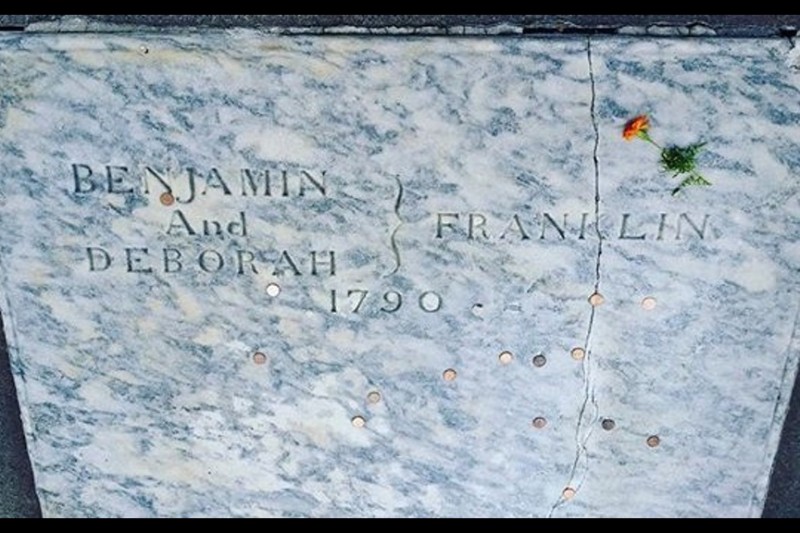The Intriguing Portraits of William Williams
[Today’s posting would be simpler if so many of the people involved weren’t named Williams.]
Dabhoiwala hypothesizes that this portrait was made in or shortly after 1759 by the artist William Williams, born in Wales in 1727 but active in the American colonies.
William Williams is known for a couple of other portraits of unusual men in Britain’s American empire.
One portrait, now lost, showed the Haudenosaunee leader Theyanoquin, often called “King Hendrick” by British sources. In January 1755, Theyanoquin was in Philadelphia meeting with Gov. John Penn and the Council about a land dispute. At the time, British authorities were pleased to have the Haudenosaunee as allies in their growing conflict with the French.
The Fishing Company of Fort St. David’s, a genteel men’s club, commissioned William Williams to paint Theyanoquin’s portrait, and club records show it was displayed in their clubhouse. (This club later merged with the Schuylkill Fishing Company, discussed here.)
Later in 1755, Theyanoquin led a contingent of Native soldiers in a British force commanded by Sir William Johnson. Col. Ephraim Williams, Jr., led the Massachusetts contingent. (His brother, Dr. Thomas Williams of Deerfield, came along as a surgeon, and their relative, the Rev. Stephen Williams, as a chaplain.)
That British force clashed with the French beside Lake George on 8 September. Col. Williams and Theyanoquin were both killed, though ultimately Johnson claimed victory.
That event made Theyanoquin, or Hendrick, a martyr for people in Britain. Elizabeth Bakewell and Henry Parker issued an engraved portrait of him titled “The Brave old Hendrick the great Sachem or Chief of the Mohawk Indians” (shown above). That print isn’t dated, and its source is uncertain, but scholars appear to believe that it was most likely based on the William Williams painting. If so, it’s the only remaining version of that image.
In the same decade, Williams painted the radical Quaker Benjamin Lay. The earliest trace of this portrait appears to be a remark in Benjamin Franklin’s 10 June 1758 letter from London to his wife Deborah. The retired printer wrote: “I wonder how you came by Ben. Lay’s Picture.”
Unfortunately, Deborah’s letters to Benjamin before and after that one don’t survive, so we don’t know what she’d told him about that picture or how she answered his query. Franklin had published some of Lay’s writing decades earlier, but the man wrote a lot, and I don’t see signs of a close friendship.
Deborah Franklin might have commissioned William Williams to paint Lay because she sensed public interest in an engraved portrait. At some point such an engraving appeared, credited to painter “W. Williams” and engraver “H.D.” That was Henry Dawkins, another British-born craftsman who had come to the Middle Colonies of America to be a bigger fish in a smaller pond. (It’s also possible Dawkins published that engraving himself and the “Picture” Benjamin Franklin wrote about was a print, not the painting.)
That brings us back to Francis Williams, the Jamaican polymath. Did William Williams paint his portrait with an eye toward its eventual engraving? No such engraving survives.
The painting went into the hands of the planter and lawyer Edward Long (1734–1813), who published a history of Jamaica in 1774. That book includes a poem by Francis Williams and a short, inaccurate, racist biography of him. Did Long at some point also think of putting an illustration of Williams into the book?
For more about those unusual portrait subjects, see Eric Hinderaker’s The Two Hendricks: Unraveling a Mohawk Mystery, Marcus Rediker’s The Fearless Benjamin Lay, and Vincent Carretta’s article “Who Was Francis Williams?” in Early American Literature.











